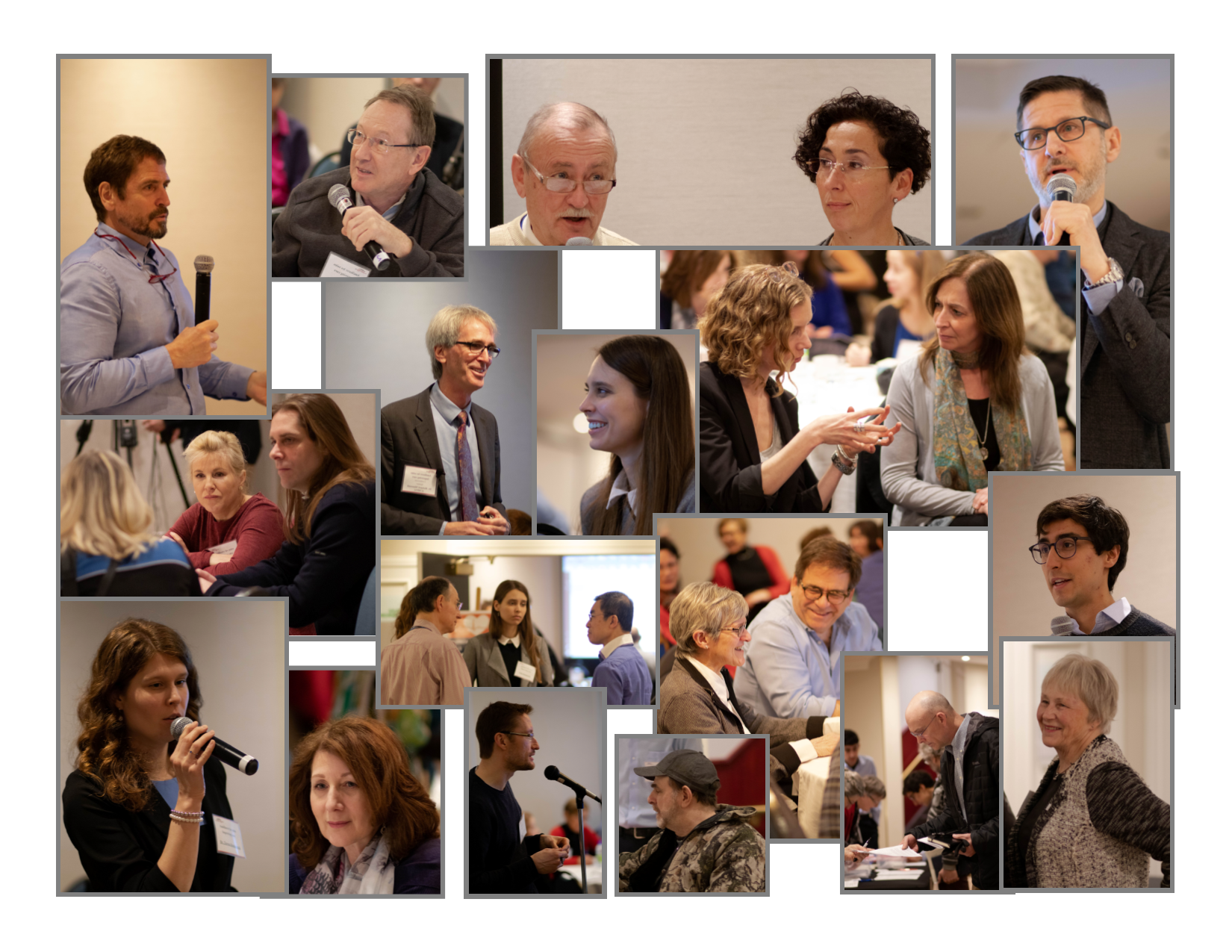Dear friends,
On Saturday, April 6, in Montreal, the Physicians’ Alliance against Euthanasia hosted the second of what we hope will become a regular series of accredited conferences devoted to the theme of “Improving Care”. Presentations were delivered in both French and English.
 Photos courtesy of: jaynorthphotography@gmail.com
Photos courtesy of: jaynorthphotography@gmail.com
Dr Patrick Vinay, approaching the challenge of maximizing consciousness while minimizing discomfort (“Advanced pain management”), reminded us that “unbearable suffering”, in the context of end-of-life care, is extremely rare when doctors are properly trained in the use of the different pharmacological agents available. In particular, he gave detailed physiological explanations, supported by numerous case histories, of the ways in which very small doses of Methadone may be used to achieve satisfactory patient comfort in conjunction with opioid protocols which were otherwise only partially effective.
Dr. Golda Tradounsky, together with nurse clinicians Joan Foster and Judith Marchessault (“Palliative care at home”) explained what is involved in attempting to satisfy the powerful patient demand to be treated and to die at home. Much of this challenge, they told us, consists in a realistic evaluation of the care required, the level of external resources available, and the ability of family members to respond to evolving circumstances. Of paramount importance is the ability to orchestrate a seamless transition, if required, from palliative care at home to palliative service in a dedicated facility, thus avoiding disruptive admission to hospital through ambulance and emergency ward.
In view of the strong demand among patients, coupled with large potential savings at the institutional level, we would hope to see this sector robustly supported in future.
Important non-medical issues were also raised concerning expectations which have been created by the legalization of euthanasia. In some jurisdictions, as we know, doctors unwilling to euthanize patients are expected to refer them to someone who will do so. Dr. Richard Mimeault, of the Canadian Medical Protective Association (“Medical-legal issues regarding MAID”), presented the situation as a dynamic balance of competing rights – between the physician’s right to define her own practice and the patient’s right to access available services — which he says will now inform governing medical bodies in the evaluation of possible conflicts. But, as we will discuss in an upcoming Editorial, it soon became clear from audience participation during this session that doctors who refuse euthanasia are much less interested in their personal rights than they are in providing excellent care to their patients. And counter to the common accusation of life-centered physicians “abandoning” their patients, it is actually the availability of legal euthanasia which obstructs further patient care.
Dr. Mimeault made clear, however, that the basic right to refuse to perform euthanasia is a legal certainty, which all Doctors should feel comfortable in exercising, beyond any question or reproach.
These different threads, of medical, legal and ethical decision making, were drawn together by Dr. Louis Morissette (“Consent and capacity at the end of life”) in his discussion of the frontiers of decision-making capacity. For Dr. Morissette, truly voluntary euthanasia requires serious consideration of decision-making capacity, but many factors frequently present at the end of life, such as delirium and depression, and the effects of certain medications, render such determination particularly difficult, and may indeed alter the patient’s ability to make competent decisions.
Faced with an incapable patient, of course, the supposed supremacy of patient autonomy becomes clearly inapplicable. Dr. Morissette emphasized the need for a calm and careful evaluation, avoiding all precipitation based on an artificial sense of urgency ; he reminded us that our first task, in clinical practice as in public policy, must be to identify and raise the proper questions — in all their complexity — before rushing to the adoption of simplistic answers.
The day’s schedule, augmented by a full hour of panel discussion with spirited participation from the floor, was completed by Dr Stephen Liben, in a talk and question period that united all participants from both language groups, and which was open to the general public. The theme of this final presentation was “The future of Palliative Care?”.
A 20-year veteran of what is perhaps the most difficult of all areas of practice, Pediatric Palliative Care. Dr. Liben invited us to see the world, whatever its imperfections, as a much better place than it has ever been, and bearing the potential for much greater progress still. In terms of Palliative Care, his talk was designed to challenge and inspire doctors beyond the safe zone of technical proficiency, to relate, communicate and care for patients and families in an authentic and humane fashion, a bias informed through a deep study of human wisdom. Dr. Liben brought to our attention this one most important fact : that the core elements of Palliative Care are also the basic requirements for all compassionate medical care applied to the whole person ; the theory and practice of Palliative Care are, indeed, the concern of all doctors.
Taken together, then, the organization of this conference for a second consecutive year, the useful material presented, and the enthusiastic response received, witness to the firm commitment of Canadian doctors to participate in the development of such elevated standards of care — both medical and social — that euthanasia (at least in its voluntary form of medical aid in dying) may be reduced to the very barest of minimums, and perhaps even, one day, completely wither on the vine.
We sincerely thank all participants, and look forward to seeing you again next time.
Catherine Ferrier
President
MAY
2019

About the Author: